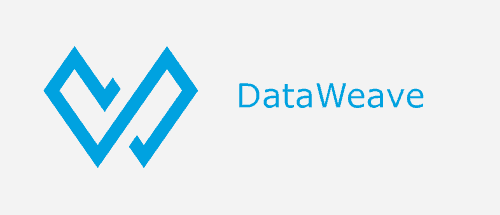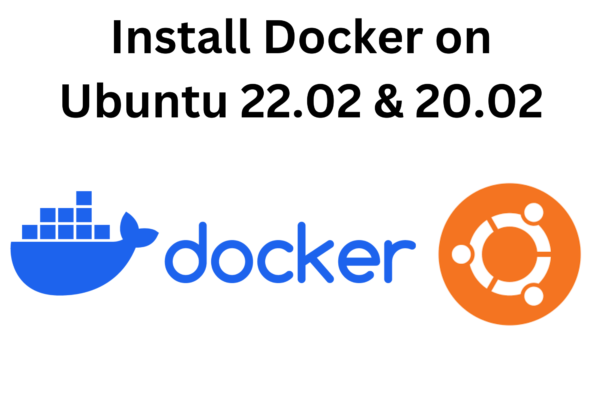In today’s interconnected digital landscape, data is the lifeblood of modern businesses and applications. Whether you’re integrating systems, processing data streams, or building APIs, efficient data transformation is crucial. Enter DataWeave 2.0, a powerful tool in the MuleSoft Anypoint Platform that simplifies the process of transforming data from one format to another. In this article, we’ll introduce you to DataWeave 2.0, its basic usage, and provide examples in easy-to-understand language.
Understanding DataWeave 2.0

DataWeave 2.0 is a domain-specific language (DSL) designed for data transformation within MuleSoft’s integration platform. It offers a versatile and expressive syntax that makes data manipulation a breeze. Whether you need to convert JSON to XML, filter data, or perform complex mapping, DataWeave 2.0 has you covered.
Basic DataWeave 2.0 Example
Let’s dive into a simple example to illustrate the power of DataWeave 2.0. Suppose you have a JSON object representing a product and you want to extract its name and price. Here’s how you can achieve this with DataWeave 2.0:
%dw 2.0
output application/json
---
{
"ProductName": payload.productName,
"ProductPrice": payload.price
}In this example:
%dw 2.0specifies the version of DataWeave we’re using.output application/jsonindicates that we want the output in JSON format.- The
---separator separates the input (in this case, the payload) from the transformation logic.
We’re creating a new JSON object with the product name and price extracted from the input JSON.
Key Features of DataWeave 2.0
1. Functional Programming:
DataWeave 2.0 employs functional programming concepts, making it powerful and flexible for data manipulation tasks.
2. Expressive Syntax:
The language offers a concise and expressive syntax, allowing you to define data transformations intuitively.
3. Versatile Data Transformation:
You can use DataWeave 2.0 for various data transformation tasks, such as filtering, mapping, joining, grouping, and aggregating data.
4. Extensive Standard Library:
DataWeave 2.0 includes a rich standard library with functions and operators for common data transformation operations, reducing the need for custom code.
5. Error Handling:
It provides robust error handling capabilities, allowing you to handle exceptions and errors gracefully during data transformations.
Summary
DataWeave 2.0 simplifies data transformation in the world of integration and API development. With its expressive syntax and powerful features, it’s a valuable tool for converting data between different formats and performing complex transformations. In this article, we introduced you to DataWeave 2.0 with a basic example, showcasing how it can help you extract specific data from a JSON object. Stay tuned for more insights into mastering DataWeave 2.0 and transforming data with ease.
Incorporating DataWeave 2.0 into your integration projects can streamline processes, enhance data accuracy, and improve overall efficiency. As you delve deeper into this versatile language, you’ll unlock even more capabilities for data transformation in the digital age.







